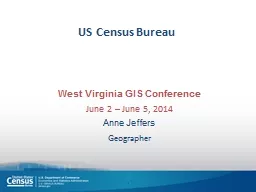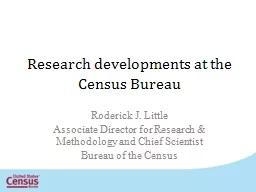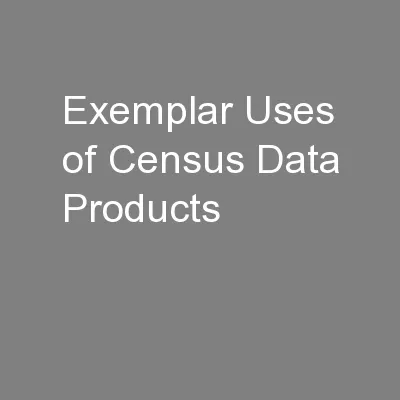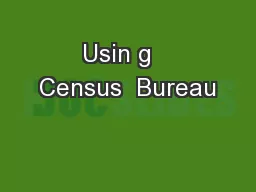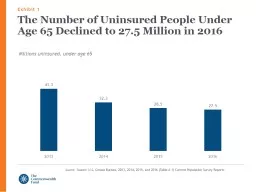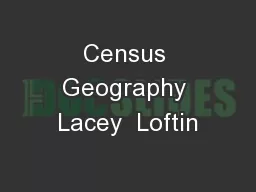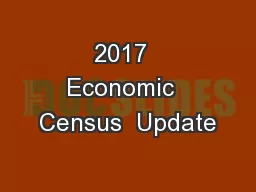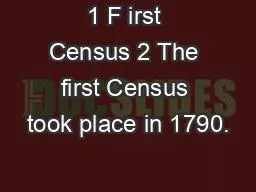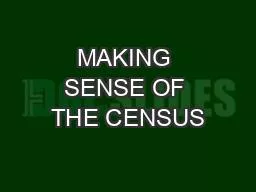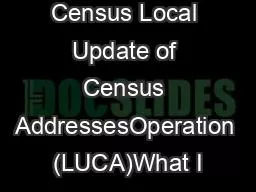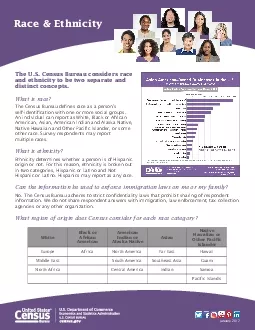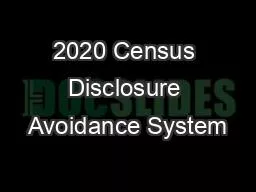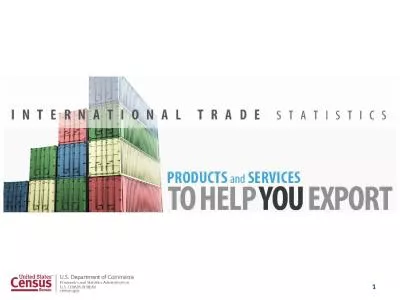PPT-US Census Bureau
Author : kittie-lecroy | Published Date : 2016-08-08
West Virginia GIS Conference June 2 June 5 2014 Anne Jeffers Geographer 1 Overview Geographic Support System Initiative GSSI Boundary and Annexation Survey
Presentation Embed Code
Download Presentation
Download Presentation The PPT/PDF document "US Census Bureau" is the property of its rightful owner. Permission is granted to download and print the materials on this website for personal, non-commercial use only, and to display it on your personal computer provided you do not modify the materials and that you retain all copyright notices contained in the materials. By downloading content from our website, you accept the terms of this agreement.
US Census Bureau: Transcript
Download Rules Of Document
"US Census Bureau"The content belongs to its owner. You may download and print it for personal use, without modification, and keep all copyright notices. By downloading, you agree to these terms.
Related Documents

